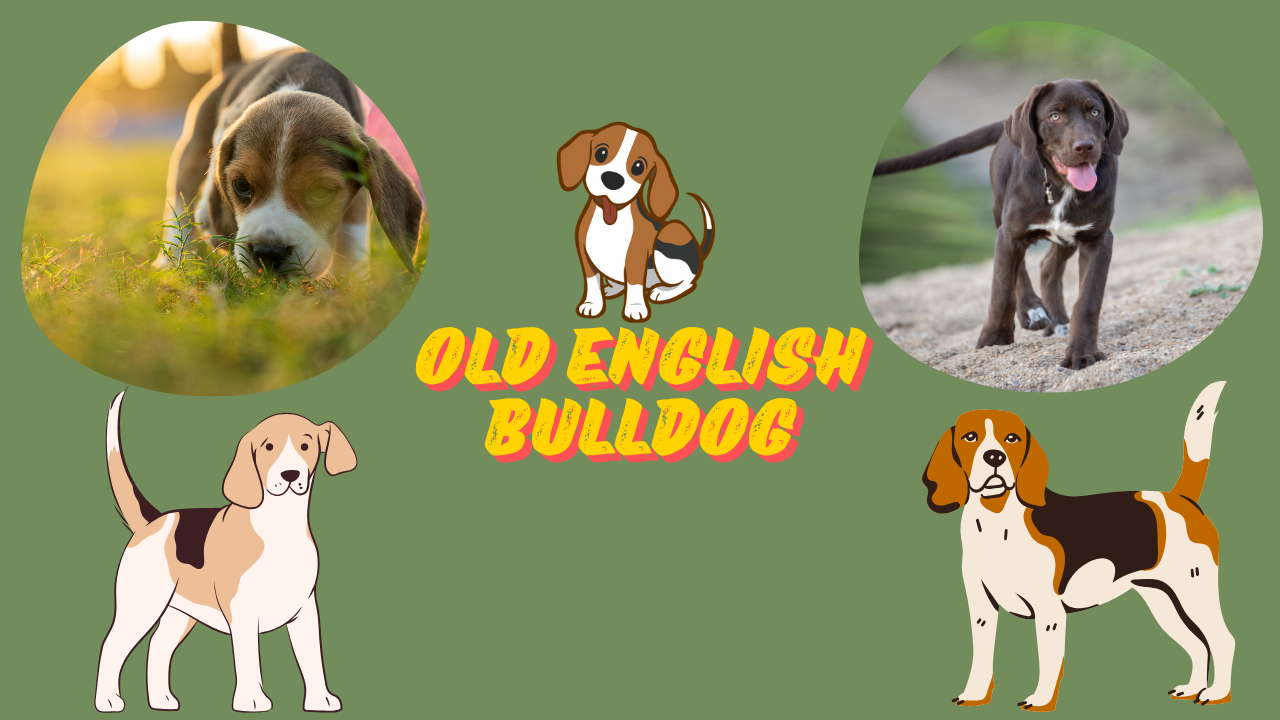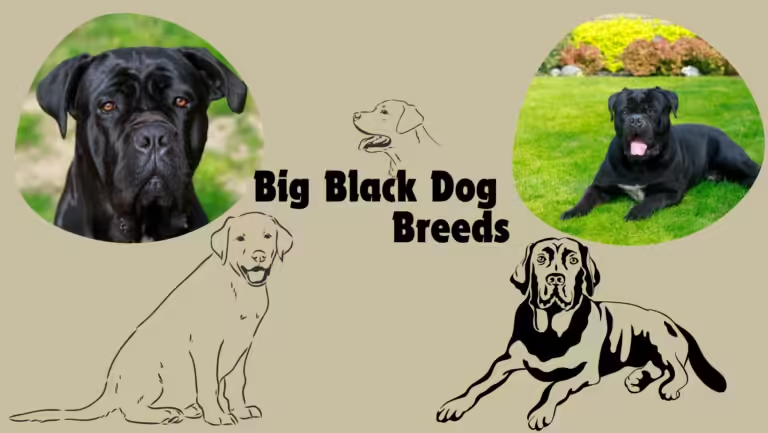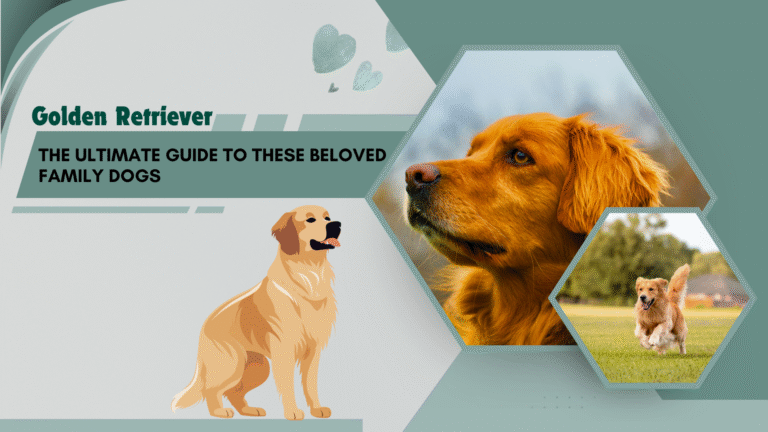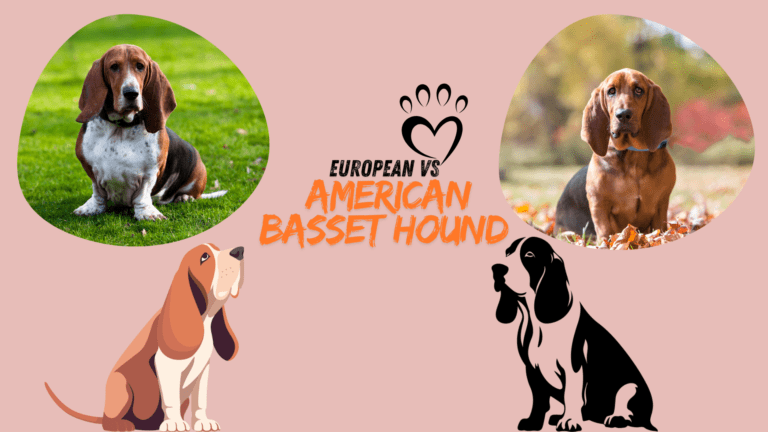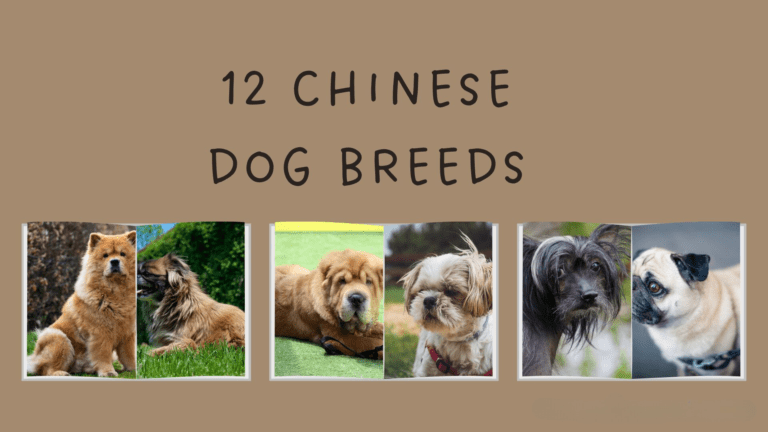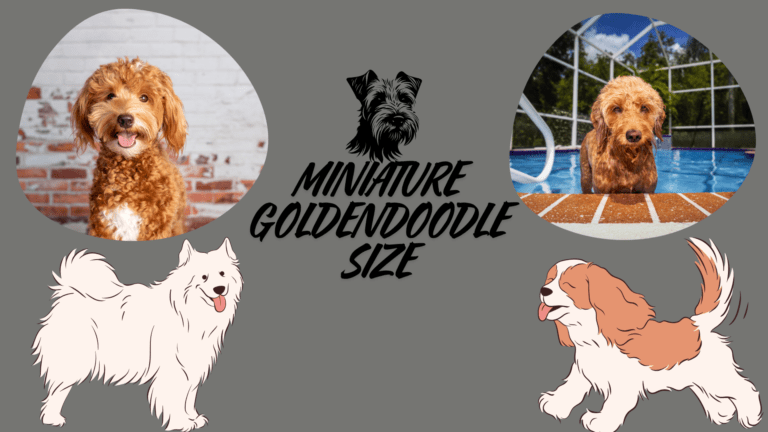The Healthiest Bulldog Breed Discover the Athletic and Loyal Old English Bulldog
One of the most striking and athletically built breeds, it is native to England. Bred centuries ago for bull-baiting, it was changed to be a much healthier and more agile version of itself which is today known as the Old English Bulldog. Modern breeding involved, mostly by David Leavitt in the 1970s, aimed to make the breed look exactly like it was when it was first bred but only much more athletic and healthy.
Breed History
- Origins: The Old English Bulldog originated in the 17th century when it was mainly bred for bull-baiting, a famous game among the English. The breed was powerful, muscular, and had a high pain threshold-one had to have a lot of tolerance to bear with such savage activities. But by the 19th century when bull-baiting was banned, the breed nearly came to an end.
- Revival: In the early 1970s, David Leavitt tried to reconstruct the pure athletic Bulldog by crossing breeds of the English Bulldog, Bullmastiff, and American Pit Bull Terrier. The resultant endproduct was the Olde English Bulldog. They have the major part of the athleticism of the original breed but are much healthier.
Physical Characteristics
- Size: Old English Bulldogs are medium-sized breeds with a height of between 16 to 20 inches and weigh about 50 to 80 pounds.
- Appearance: They are muscular, somewhat stocky, with broad shoulders and a prominent jaw. Their coats are various colors: brindle, white, fawn, and black with and without white markings. For all their rugged attractiveness, they appear quite cordial and expressive.
Temperament
Old English Bulldogs is one of the pets having friendly, loyal, and confident temperament. Dogs love being attached to family members and have very good relations with children, making them perfect pets in a family. Though they are energetic and playful and demanding at times, the short-term resting periods lie beside their owners with great pleasure.
- Old English Bulldogs need early socialization since this would prevent shyness and aggression among the dogs. However, they usually get along well with other pets if bred right, but sometimes same-sex aggression becomes an issue.
Health and Lifespan
Selective breeding made the Old English Bulldog breed healthier. It thus removed some of the genetics-based health issues associated with the modern English Bulldog. Still, they remain prone to:
- Common Health Issues:
- Skin problems
- Hip dysplasia
- Hypothyroidism
- Heart disease
- Obesity (if not properly exercised)
Lifespan: Old English Bulldogs typically live between 10 to 13 years.
Care and Grooming
- Diet: These breeds require a diet high in protein, well-balanced. Since they are naturally active, they need food that is rich in nutrients for building muscles as well as energy in general.
- Exercise: Old English Bulldogs require regular physical exercise in order to stay healthy. However, though they adapt well to a number of living conditions, they need daily exercise, including walks and playtime, to avoid obesity and to maintain muscle tone.
- Grooming: Since it has a short coat, grooming is minimal apart from bathing. Cleanliness must be observed in wrinkle areas to avoid infections because if moisture accumulates, this can be very disastrous. The nails are to be trimmed and ears checked for infections.
Training and Socialization
Old English Bulldogs are docile and are easy to train. They best respond to training through positive reinforcement; hence, the most productive method would include use of treats and praise. Early socialization is crucial as this eliminates dominant behaviors and sets limits. Such dogs are highly natural in strength and require constant training from a tender age to make them easy to handle as adults.
Living Conditions
While they are particularly versatile, Old English Bulldogs do best in families that can offer them indoor comfort as well as outdoor exercise. They can easily be kept in apartments provided they get adequate exercise. However, living in a house with a yard is the best option.
Differences Between Old English Bulldog and Modern English Bulldog
Another key difference between the Old English Bulldog and the modern English Bulldog is their physical as well as health attributes. Although its outer appearance is comparable, the modern English Bulldog seems a lot more unhealthy compared to that of the Old English Bulldog because it was selectively bred based on some features like flat face and heavier build. On the other hand, the Old English Bulldo can breathe much easier and is less likely to face problems with birthing, thus making it a healthier breed as well as much more resilient in general.
Fun Facts
- Athletic Heritage: Unlike the modern English Bulldog which is laid-back in nature, the Old English Bulldog retains a great deal of its athletic heritage and performs well in agility and other physical exercises.
- Natural Births: One of the most prominent benefits of this breed is that it can breed and naturally deliver pups, which remains a challenge to most modern bulldogs.
- Leavitt’s Legacy: David Leavitt’s legacy revived the breed that is commonly known now as the Old English Bulldog. This breed is recognized by different canine registries like the United Kennel Club or UKC.
FAQs
1. Are Old English Bulldogs good with children?
Yes, they do get along very well with children; they are affectionate and patient, though one should supervise them as a babysitter would when working with young children to avoid accidental rough play on the child’s part.
2. How much exercise do Old English Bulldogs need?
They require at least 30 to 60 minutes a day to keep them fit and healthy and prevent obesity.
3. Do Old English Bulldogs have health issues?
Old English Bulldogs are healthier than the modern bulldogs, but they can be free of issues like skin infection, hip dysplasia, and heart disease.
4. How much grooming do they need?
The short coat doesn’t require too much grooming; however, wrinkles should be cleaned up well to prevent infections.
5. How long do Old English Bulldogs live?
Generally, an average lifespan of an old bulldog is around 10 to 13 years depending upon the health care.
6. Are Old English Bulldogs easy to train?
Yes. The breed is intelligent and eager to please, which makes them receptive to training for positive reinforcement techniques.
Conclusion
The Old English Bulldog is a robust, loyal breed that is very great for both individuals and families. Given proper care and training, and possibly the right health conditions, these dogs can lead happy and fulfilling lives. As a better variant of the contemporary English Bulldog, the Olde English Bulldogge comes as a wonderful package to anyone who needs an active, loving, and resilient breed.

